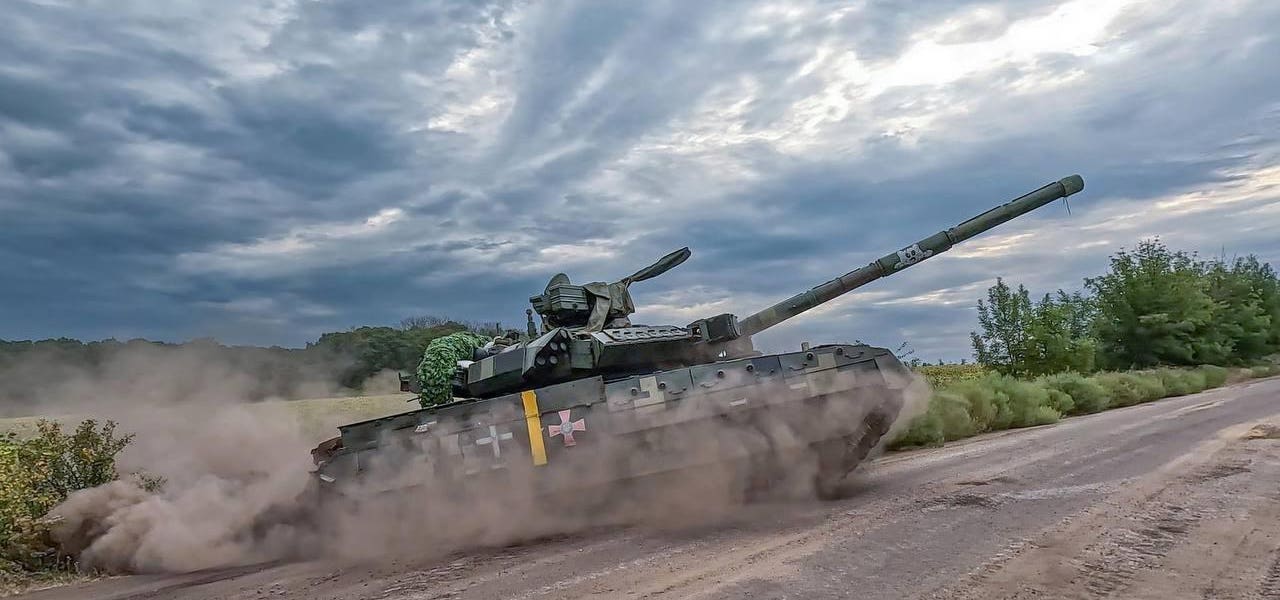
Russian troops continue to march on Pokrovsk.
David Axe writes about ships, planes, tanks, drones and missiles.
Russian troops advanced into the village of Novohrodivka in eastern Ukraine on Wednesday. That puts them within five miles of Pokrovsk, a main objective of Russia’s nearly yearlong eastern offensive.
The Ukrainian military doesn’t have many extra troops to deploy to the Pokrovsk front. Many of the spare brigades it had a month ago are now participating in Ukraine’s surprise invasion of Russia’s Kursk Oblast.
Ukrainian leaders are finally beginning to grasp the urgency of the balance of forces on the Pokrovsk axis. “The situation is extremely difficult,” Ukrainian president Volodymyr Zelensky conceded on Wednesday.
The coming battle for Pokrovsk, a city with a pre-war population of 60,000—many of whom have now fled—is actually an extension of the battle for Avdiivka that ended in a Ukrainian retreat in February. Avdiivka, 24 miles east of Pokrovsk, was a fortress that protected the settlements, railroads and roads to the west.
When the Ukrainian garrison in Avdiivka ran out of ammunition in mid-February and fled—the direct result of a long blockade of U.S. aid to Ukraine by Russia-friendly Republican lawmakers in the U.S. Congress—it left the logistical infrastructure to the west exposed to Russian assaults.
Yes, those assaults have been extremely costly to the Russians. But the Kremlin has been willing to trade thousands of lives and hundreds of armored vehicles for a shot at Pokrovsk—and for good reason.
Pokrovsk is situated “at a crucial crossroads of multiple railroad lines,” Ukrainian analysis group Frontelligence Insight explained. “It has become a key delivery and railroad distribution hub, facilitating the supply of Ukrainian forces across a broad frontline, from Vuhledar to the north of Donetsk and beyond.”
In taking Pokrovsk, Russia could weaken Ukrainian defenses all along the eastern front line—a critical precondition for a wider Russian advance that could result in the full occupation of Donetsk Oblast.
When the Ukrainian command, headed by Gen. Oleksandr Syrskyi, opted to invade Kursk with a strong force of thousands of troops drawn from eight or more brigades, it surprised some observers. Why weren’t those troops reinforcing Pokrovsk, instead?
One generous reading of Ukrainian strategy in Kursk is that the invasion was meant to draw Russian regiments away from the east, relieving the pressure on Pokrovsk. In that sense, the invasion of Kursk may have been a diversion.
If so, it failed. “The offensive in the Kursk region not only failed to prompt the redeployment of some Russian forces from Donetsk, but also exacerbated the shortage of [Ukrainian] personnel in the region,” the pro-Ukraine Conflict Intelligence Team concluded.
Instead of rushing its best troops into Kursk to blunt the Ukrainian advance, the Kremlin scraped together a motley counter-invasion force, including many young and poorly trained conscripts. These reinforcements have slowed but not halted the Ukrainian invasion. More importantly for Russian strategy, they’ve allowed the Kremlin to keep its eastern forces intact.
The result, three weeks into Ukraine’s invasion of Kursk, is that the Russian offensive in the east is not only continuing—it’s gaining momentum. “Although we anticipated that the town of Novohrodivka would be captured in the coming days,” CIT noted, “the pace of the Russian forces’ advance has exceeded our expectations, not only failing to slow down as it approached the town but even accelerating.”
The six or so Ukrainian brigades defending Pokrovsk are outnumbered around two-to-one. Without help, they might have no choice but to surrender Pokrovsk—and soon. “If the Ukrainian command does not take measures to stabilize the situation, Russian forces could be on the outskirts of Pokrovsk within a few weeks, as opposed to months as we previously believed,” CIT warned.
“The Ukrainian leadership has several options to stabilize the line, including deploying newly formed brigades, repositioning forces from the Kursk and Kharkiv areas or pulling battalions from more stable fronts,” Frontelligence Insight explained. “Whether the Ukrainian command will take these steps remains to be seen.”
The optimistic outcome for the Ukrainians is that the general staff in Kyiv finds forces to bolster the line outside Pokrovsk—and that these forces bleed the Russian brigades and regiments until they simply can’t sustain their advance.
It’s not an impossible task. The Russians are losing hundreds of people and dozens of vehicles every day in the east. “Enemy losses on the Pokrovsk direction have remained at a record high for the fifth week,” according to the Ukrainian Center for Defense Strategies.
But no one knows for sure when such high losses will become too high for the Russian military. In a fit of optimism late last year, the Estonian defense ministry predicted that Ukraine could turn the tide of the war in 2024 by killing or maiming 100,000 Russians in 12 months.
In fact, Ukraine probably killed or maimed 100,000 Russians in just the first six months of the year—and yet Russia keeps attacking, and keeps advancing toward Pokrovsk.
Sources:
1. Volodymyr Zelensky: https://x.com/ZelenskyyUa/status/1828856837086543961
2. Frontelligence Insight: https://frontelligence.substack.com/p/what-the-fall-of-pokrovsk-could-mean
3. Conflict Intelligence Team: https://notes.citeam.org/dispatch-aug-26-28-2024
4. Center for Defense Strategies: https://cdsdailybrief.substack.com/p/russias-war-on-ukraine-280824


